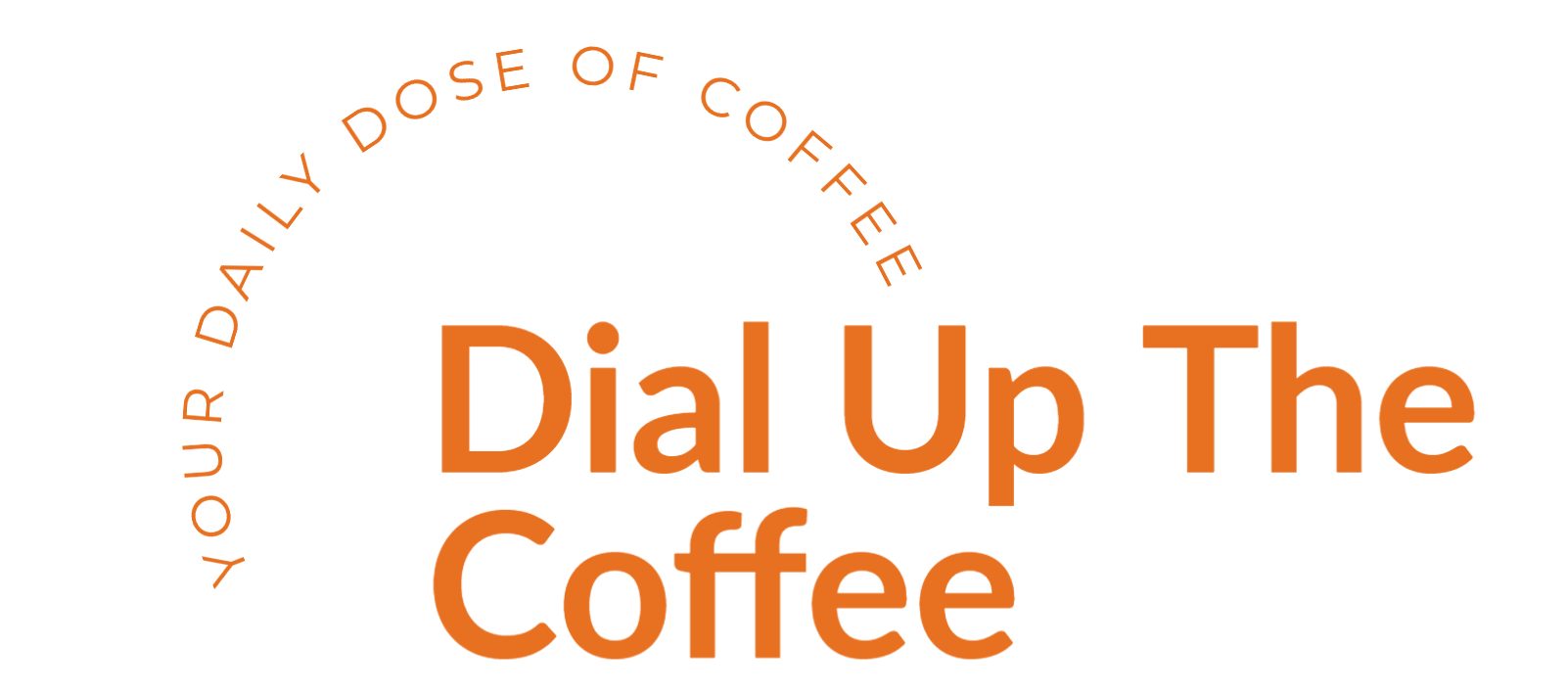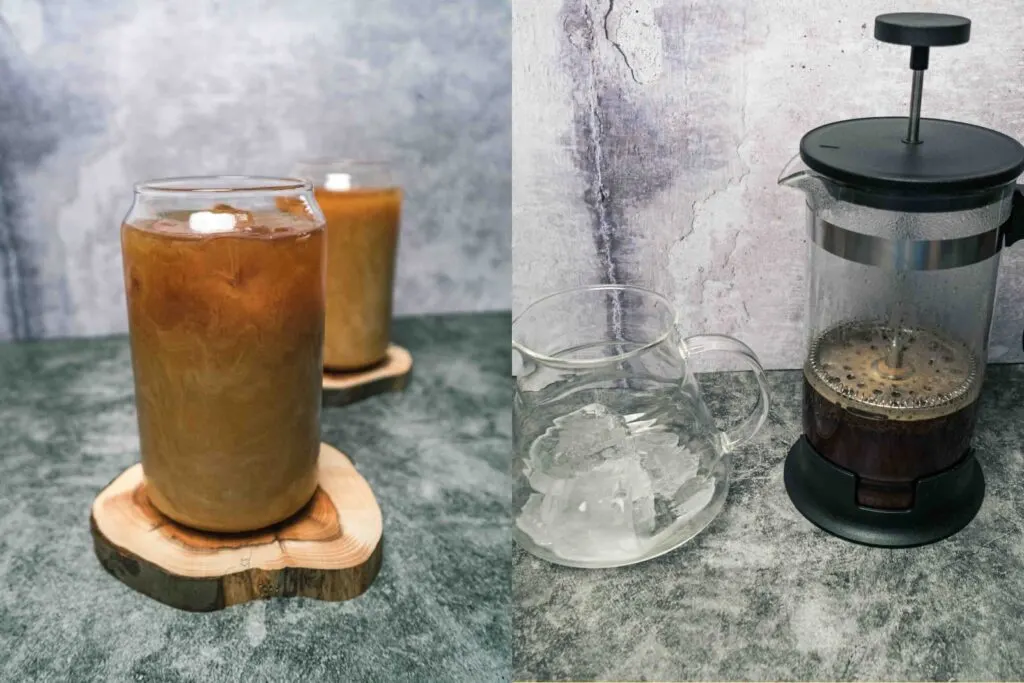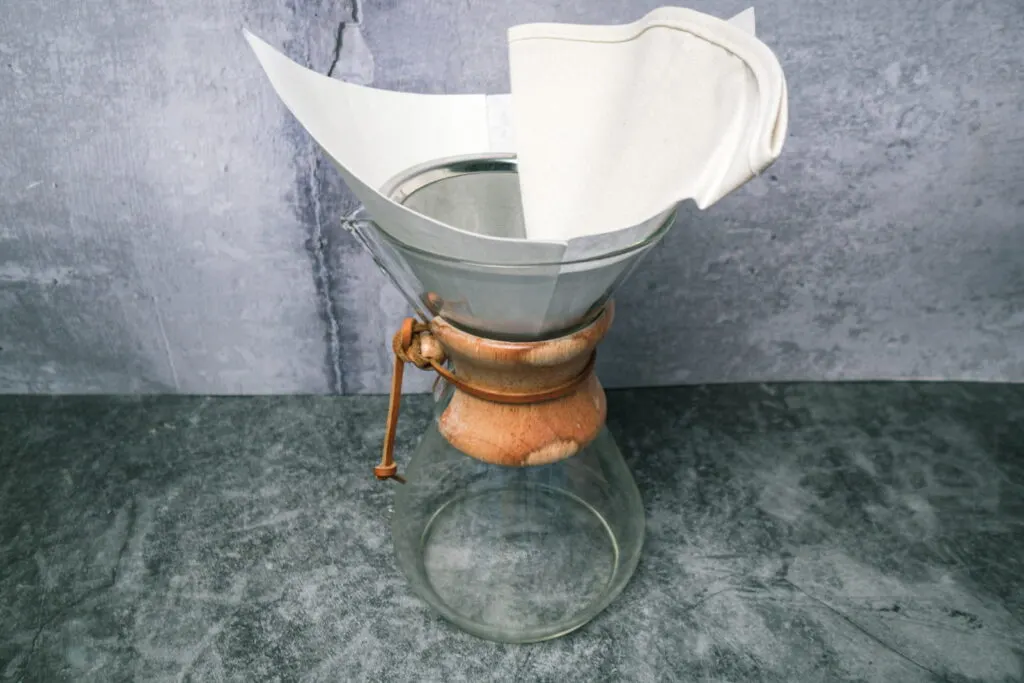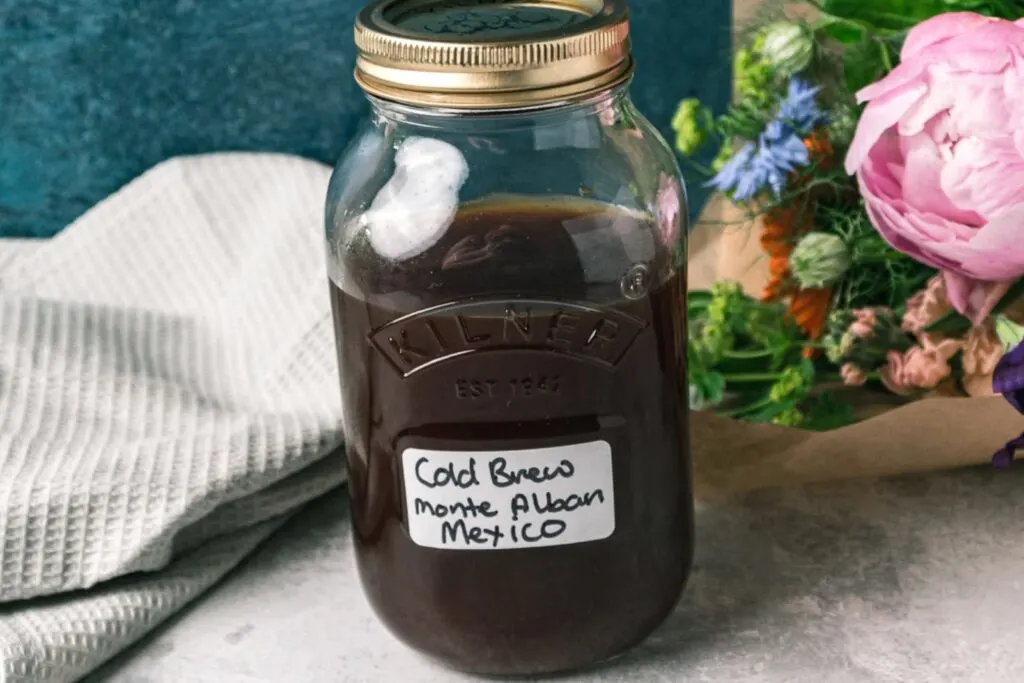Sometimes we take things for granted. Coffee makers, for example. How do they work? Most of us know to measure coffee into a filter, add water to a reservoir, and hit the on the button? But how does a coffee maker work?
As a life-long coffee drinker, I’ve made it my business to learn all I can about every aspect of a beverage drunk by 150 million Americans every day. So, if you want to know about drip coffee, you’ve come to the right place.
What is drip coffee? Drip coffee is coffee brewed by pouring hot water and letting it seep through ground coffee beans. Gravity pulls the hot water through the beans, thus extracting the compounds that create the coffee flavor. When considering which drip coffee maker to purchase, consider the amount of coffee it makes, programming features, ability to control brew strength, and price, among other things.
Disclaimer: Hi! this post may contain affiliate links which will take you to online retailers that sell products and services. If you click on one and buy something, I may earn a commission, see my Affiliate Disclosure for more details.
I never thought about how long drip coffee makers had been around until I read that 2022 will be the 50th anniversary of Mr. Coffee, the first drip coffee maker. Before then Americans brewed their coffee using other methods.
Now drip coffee is the primary way most Americans make coffee at home. 68% of households have one. So how did most Americans brew coffee before Mr. Coffee?
The percolator.
If you don’t know what a percolator is, you are not alone. Most people stopped using them because drip coffee makers made brewing coffee convenient. Making coffee with a percolator is an active method of coffee making. You can’t just hit the on button and walk away.
Not only did people like the convenience, they also noticed that the coffee tasted better.
Percolators made bitter coffee because the water was boiled (ideal temperature for coffee is between 195-205 degrees, or slightly under boiling). Plus, the coffee continued to circulate through the brewed beans.
If you are planning a camping trip and want some coffee, you’ll need a camping percolator. Otherwise, choose a site close to a Starbucks.
How Does A Drip Coffee Maker Work?
This type of coffee maker is a simple device with only several parts:
- A reservoir—where you pour the water
- A heating element—it brings the water to a boil
- A tube that carries the water and/or steam up to the showerhead
- A receptacle to hold the coffee and filter
- A carafe that catches and holds the water
- A metal plate the carafe sits on
- A heating element that keeps the coffee warm
Additional parts can be added for extra features, but those are the essentials.
The process for brewing is also straight-forward.
Pour water into the reservoir, measure out coffee and put it in the filter, make sure filter and carafe are in place and then turn on the machine. Oh, and if the machine doesn’t start, make sure you plugged it in. This is the voice of experience speaking.
Of course, nothing is ever as simple as it sounds. Here are some additional tips for making drip coffee.
Tips for Making Drip Coffee
Grind is Important
Medium grind works best. Coffee ground very fine, like for espresso machines, will taste bitter in a drip coffee maker. Coffee ground too coarse will brew weak coffee. Most ground coffee is pre-ground for drip coffee. Grinding machines in stores have preset levels, as do most coffee grinders. Here’s a short video on grinding coffee for beginners.
Brewing Amount Matters
Ideally, you should make at least half a pot, or better yet, a full pot. Brewing less creates a weaker coffee because the water runs through the ground coffee too quickly. Keep this in mind as you pick your maker.
Amount of Grounds

For first-time coffee makers, this can be confusing. That’s because most carafes are labelled for small cups of coffee. The number two really means one cup of coffee in a typical mug. So, a 10-cup carafe makes 5 cups of coffee.
Which means that if you follow the advice of two tablespoons per cup of coffee and you go by the number on the carafe, you will put in twenty tablespoons when you should put in 10.
You probably won’t be able to fit that much coffee into your filter basket.
Remember, then, that you should divide the amount on the carafe in half. Filling it to 8 means 4 cups. That means eight tablespoons of coffee grounds.
To make life simpler, I recommend using a coffee scoop. Four cups of coffee, four scoops. Easy. No math needed at 6 in the morning.
For stronger coffee, add heaping scoopfuls. If you want weaker coffee, don’t fill the scoops up all the way.
Freshly-ground is Ideal
Grinding coffee releases the oils and gases that give your brew its flavor. They dissipate quickly, however. This is why freshly-ground is ideal. However, pre-ground is typically vacuum-sealed to keep more of those oils from escaping. I usually buy coffee in vacuum-sealed bags. After I measure out my coffee, I reseal the bag and put it in a cool, air-tight container.
If I am buying premium coffee, then I prefer to grind my own beans. But I also plan to linger over my coffee. But for everyday coffee, I find that pre-ground coffee works just fine
Don’t Heat Coffee Too Long
Coffee that stays on the heating element too long will begin to taste rancid or burnt. As soon as you can, pour the hot coffee in a thermal carafe or a thermos. If I could only buy a grinder or a thermal carafe, I would opt for the latter.
Keep Your Pot Clean
It seems clear that once your glass carafe is no longer clear and pristine, you should clean it. Less obvious, but as important, is cleaning the coffee maker itself. Doing so will help with the removal of grime, dust, and debris that has gathered in the reservoir. It will also help clean up any nasty germs and bacteria that might be lurking in the coffee maker.
Although many videos and websites will give you more specific instructions, I simply fill my reservoir halfway up with vinegar and let it sit for an hour.
Then I put an empty filter in the receptacle, turn on the machine, and let it do its thing. When it is finished, I pour the vinegar back in the reservoir, add water to fill it, and turn the machine on again. When it’s finished, I pour out the vinegar water and rinse. My coffee maker is clean and ready to brew.
These tips will help you to brew a good cup of coffee. Let’s examine some additional features that you might want to consider.
Extra Features to Consider
These are extra features you might consider before buying a coffee maker:
- Number of cups the machine makes
- Programming features
- Brew strength settings
- Type of carafe
Number of cups
Consider how much coffee you will consume. If all you want is a coffee or two in the morning, then a smaller coffee maker is a better choice. If there are two people drinking coffee or you plan to have a guest occasionally, then a mid-sized coffee maker is a good option. A large coffee maker is great for heavy coffee drinkers, larger households, or those who have frequent guests.
Programming Features
Some people find these essential although none are needed to brew perfectly good coffee.
Program Clock | Imagine waking up to the aroma of freshly-brewed coffee. Many coffee makers have timers that you can set to brew coffee at the desired time. |
Strength Setting | Sometimes you want a stronger cup of coffee. Some coffee makers have a setting that allows you more control in how rich your coffee will taste. They do this by adjusting how long water stays in the coffee basket. |
Automatic Shut-off | Most coffee machines have a setting that turns off the heating element. In some machines, this time can be adjusted. |
Other Features to Consider
Coffee makers can have several other features that might be important to you.
Brew Pause | Coffee makers with this feature allow you to temporarily stop the brewing process so you can grab a cup before brewing is finished. This is typically accomplished mechanically. Just remember that if you use this feature, the coffee you pour will be stronger and the rest of the coffee will be weaker |
Type of Carafe | Some coffee makers have a thermal carafe instead of the more common glass carafe. The thermal carafe will keep your coffee hot longer, but it comes with a downside — you will have to wash it more thoroughly. |
Filter Type | Paper or metal — if you want a smoother cup of coffee, go with paper. A metal filter creates coffee that feels a little fuller. Some people say that a metal filter is more environmentally friendly. Others point out that every time you need to brew a fresh cup of coffee, you will have to clean the filter. |
A Word About Filters
The size and shape of coffee filters is determined by the machine’s size, so there’s not much you can do about that. If you have paper filters, you have a choice between bleached and unbleached filters.
There’s some debate about which kind is better, but you probably won’t notice any difference in taste. The unbleached ones usually cost a little more, which is ironic since they go through less processing.
Price
Here’s the good news—a lot of inexpensive coffee makers now have many of the extra features that you might want, and a lot of expensive coffee makers don’t make better coffee than their cheaper counterparts.
Deciding what to buy with so many choices is difficult. Even the number of lists for top coffee makers can be overwhelming. So, what is a person to do?
Our recommendations
We decided to listen to the people who know the most—people who have purchased coffee makers and are happy with them. So, we looked on Amazon and found those machines which had the highest recommendations.
These drip coffee makers receive top recommendations based on two factors—features and number of recommendations. They are listed based on price, with the higher-priced ones at the top. Each brand had to have a rating over 4 stars and been rated by at least 100 people to make this list.
Technivorm Moccamaster Coffee Brewer
I’m not sure a better drip coffee maker exists. It looks sleek, almost a little futuristic. This is a handmade coffee maker built in the Netherlands, where they drink more coffee per capita than anyplace else. Coffee brewing experts rate this as their top choice. Copper boiling elements ensure that the water temperature is ideal. Brews time under 10 minutes. The heating element shuts off after 100 minutes. Metal housing and BPA-free plastic construction.
You can find the Technivorm Moccamaster on Amazon.
Ninja Hot and Cold Brew System
This machine makes regular brew coffee, cold-brew, and tea! If you like having some cold brew every now and then, or you want to brew some tea, then this might be for you, especially if you need to save a little space by not having three separate machines.
Choice is the key here:
- Choice of brew sizes—6 different one
- Choice of brew styles
- Choice of brewing into carafe or cup
- Choice of loose or bagged tea
- In addition, the settings for coffee and tea brewing are separate. The machine recognizes what kind of basket you are using, and has separate coffee and tea baskets so tastes don’t mingle.
Ninja Hot and Cold Brewed System is available on Amazon.
Redline MK1 8 Cup Coffee Brewer with Glass Carafe
This maker is a premium coffee maker without the premium price. The list of features is impressive for a coffee maker at this price. It heats coffee to the ideal temperature range of 195-205 degrees Fahrenheit 6 minute brewing time. Includes a pre-infusion mode. Pouring water is easier because of the reservoir’s wider mouth. Brew pause to grab a cup of joe if you can’t wait 2 year limited warranty.
Redline MK1 is available on Amazon.
Cuisinart DCC-3200CS PerfecTemp 14 Cup Programmable Coffeemaker
If you are looking for a coffee maker that looks a little more traditional, then you might want to take a look at the Cuisinart. Features include:
- Control your brew strength.
- Program for up to 24 hours.
- Self-cleaning.
- The auto-shutoff is adjustable.
- Keep warm temperature controls.
Find the Cuisinart DCC-3200CS on Amazon.
Zojirushi EC-DAC50 Zutto 5-Cup Drip Coffeemaker
This coffee maker is 11 inches tall! If I had limited counter space, I would get this one in a heartbeat. It has fewer features, as you would expect from a coffee maker at this price. Smaller coffee maker means smaller carafe—brews five cups. Filter housing sits inside the carafe to reduce height.
The water reservoir is removable to make it easier to add water without spilling. Automatic keep-warm function.
Find the Zojirushi EC-DAC50 on Amazon.
About Those Single-Serve Machines
It is estimated that 25% of American households own a single serving machine. They are great for those times you are only making a single cup of coffee. Most come with reusable filters so you can avoid using the plastic pods that are not environmentally friendly.
However, they are called single-serve for a reason. Most households wind up with two machines—single-serve and drip. If you want a little less clutter or don’t really have room for two machines, several manufacturers have come up with a 2 in 1 solution: dual coffee makers.
This Hamilton Beach machine is a good example. On one side you have your typical drip coffee maker, with filter basket and carafe. The right side is compatible with single-serve pods. Its has a lower rating (3.8), but half of the reviewers gave it 5 stars. You might want to explore some of the other options if you are thinking about getting one of these.
A Final Recommendation
I’m not sure I would ever buy a Retro 3-in-1 Family Size Breakfast Station. But if you want a machine that has a coffee maker, griddle, and toaster oven all in one, check it out. It has a 3.9 rating average and over 800 customers have rated it.
It seems like an ideal choice for smaller kitchens. Some people take it camping if they will be at a campsite that provides electricity. And for under 60 dollars, it’s priced right.
If it only had a microwave attached.
Drip Coffee Before Mr. Coffee
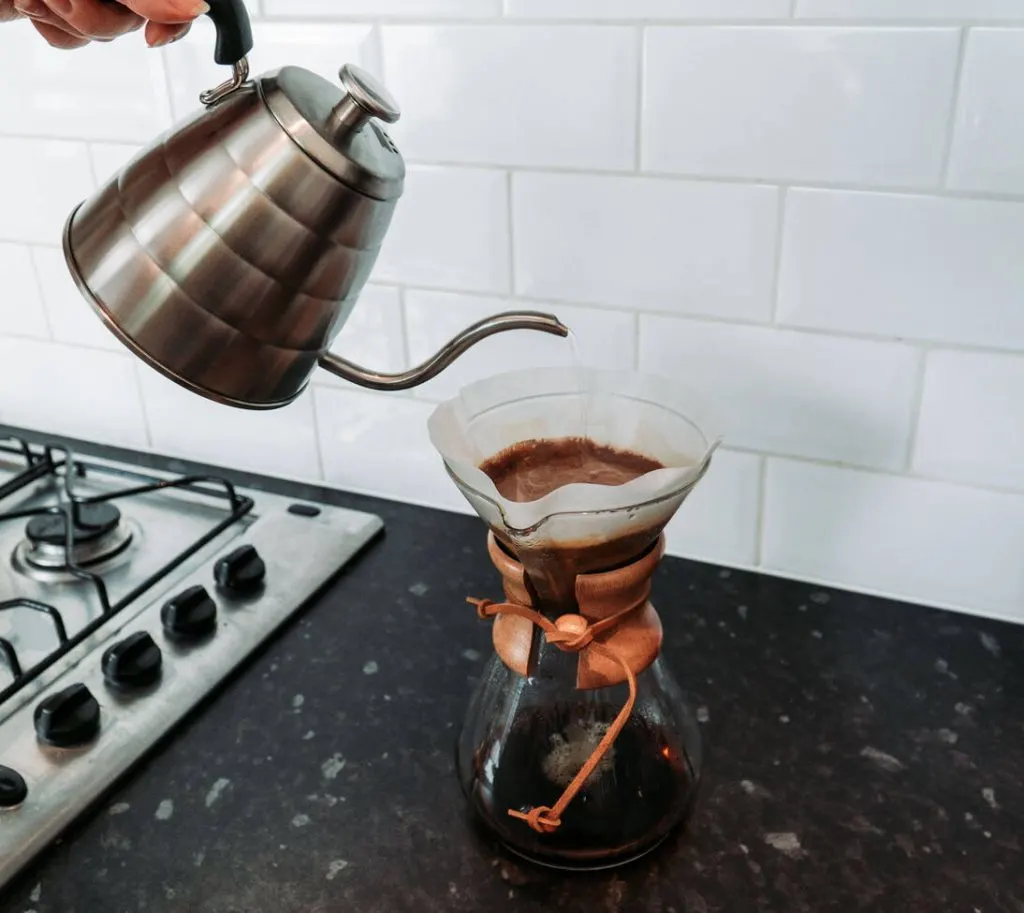
If you’ve ever been in a coffee shop where someone orders a “pour-over,” they are using a technology that predates drip machines. It is still drip coffee, however. Except you provide the hot water and pour it over the ground coffee.
Pour overs have an interesting history that begins in Germany. In 1908 a woman, Melitta Bentz, began experimenting with ways to brew coffee that wouldn’t be bitter. Back then, a popular way of preparing coffee was to boil it—a sure recipe for a sour, acidic liquid.
Melitta wanted a method that would allow water to seep through the coffee grounds to produce a ground-free coffee. Her clever solution was to take a large piece of paper from her son’s notebook, punch a hole in a brass pot, and place the paper in the pot. She then added ground coffee and poured hot water over the grounds.
Melitta and her husband refined the method and patented the new filters. In 1930 the filters were refined into the cone shape we are familiar with.
And if you think the name Melitta sounds familiar, that’s because it is her name on the popular “Melitta” filters.
In Conclusion
Hopefully, this guide will make it easier to make an informed decision when you purchase a drip coffee maker. I, like most coffee drinkers, started with a drip maker before I went on to other ways of making coffee. But I keep coming back to drip coffee because they offer quality, choice, and convenience.
